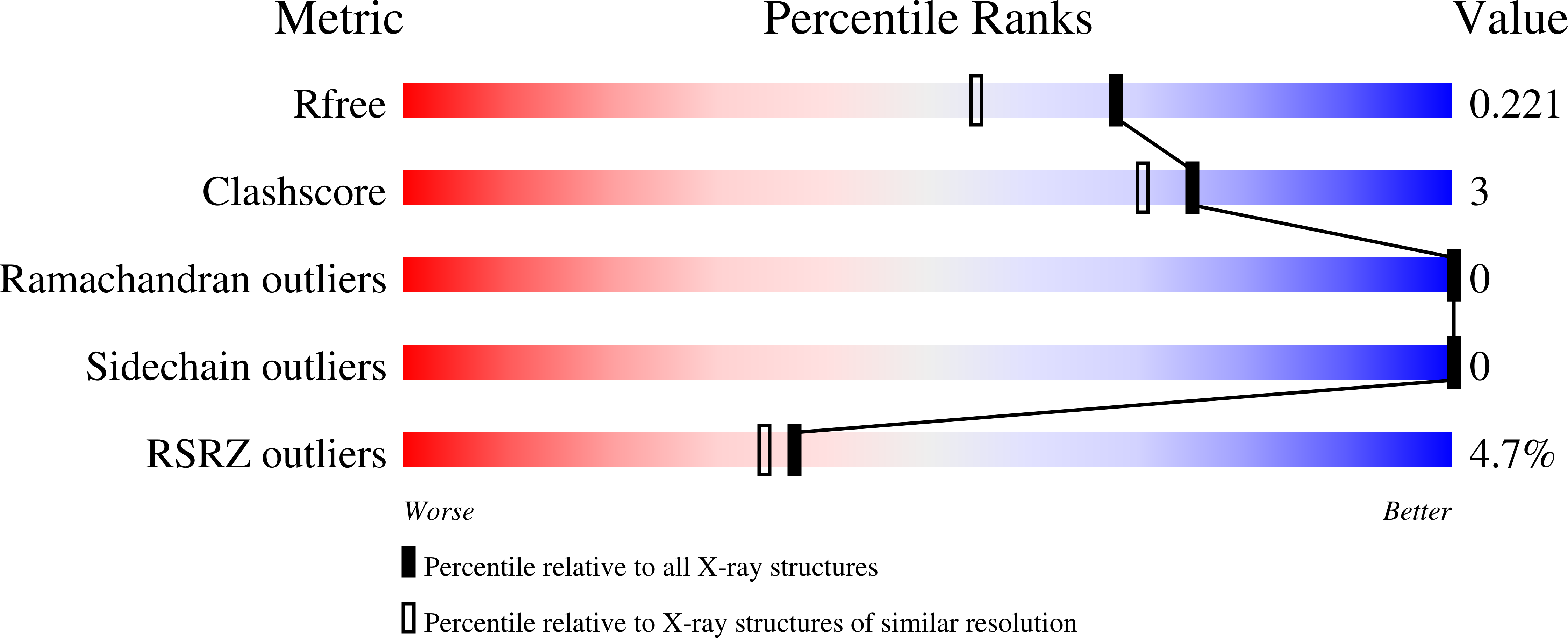
Deposition Date
2024-03-15
Release Date
2025-08-13
Last Version Date
2025-08-13
Entry Detail
PDB ID:
9EOV
Keywords:
Title:
Crystal structure of domains I and II from the outer membrane cytochrome MtrC
Biological Source:
Source Organism:
Shewanella oneidensis MR-1 (Taxon ID: 211586)
Host Organism:
Method Details:
Experimental Method:
Resolution:
1.80 Å
R-Value Free:
0.22
R-Value Work:
0.18
R-Value Observed:
0.18
Space Group:
P 21 21 21


